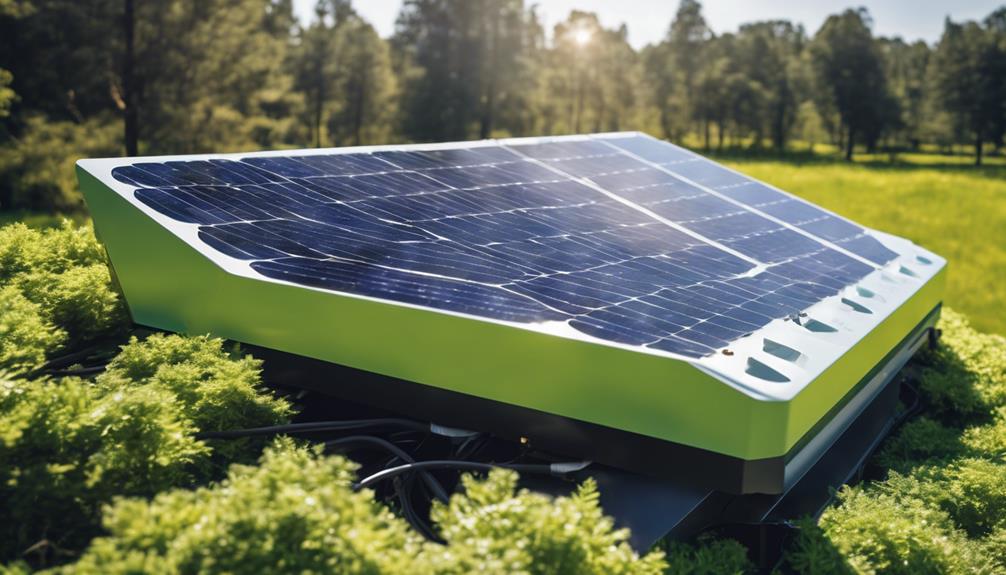
In recent years, solar energy has gained immense popularity as a sustainable energy source. With increasing concerns about climate change and the rising costs of traditional energy sources, many homeowners and businesses are turning to solar power. One of the most critical factors influencing the decision to go solar is the solar energy cost per kWh. In this article, we’ll explore the nuances of solar energy costs, how they compare to traditional energy sources, and what you need to know before making the switch.
The Basics of Solar Energy Cost per kWh
The solar energy cost per kWh refers to the amount of money it costs to generate one kilowatt-hour of electricity using solar panels. This figure can vary based on several factors, including the type of solar panels used, installation costs, location, and local incentives. On average, the cost of solar energy has significantly decreased over the past decade, making it a more accessible option for many households and businesses. Understanding this metric is essential when evaluating the feasibility and potential savings of solar energy systems.
Factors Influencing Solar Energy Cost per kWh
Several key factors influence the solar energy cost per kWh. One of the most significant elements is the type of solar panels utilized. There are various types of solar panels, including monocrystalline, polycrystalline, and thin-film, each with different efficiencies and costs. Additionally, installation labor costs can vary widely depending on the region and the complexity of the installation. Local incentives, such as tax credits and rebates, can also play a crucial role in reducing the overall cost of solar energy, thus impacting the cost per kWh.
Comparing Solar Energy Costs to Traditional Energy Sources
When evaluating the solar energy cost per kWh, it’s essential to compare it with traditional energy sources. As of 2023, the average cost of electricity in the U.S. from conventional sources is around $0.10 to $0.20 per kWh, depending on the state. In contrast, the cost of solar energy can range from $0.06 to $0.09 per kWh, making it a more economical choice in many regions. The decreasing cost of solar technology, coupled with rising fossil fuel prices, creates a compelling case for transitioning to solar energy.
The Long-Term Financial Benefits of Solar Energy
Investing in solar energy can lead to significant long-term financial savings. By understanding the solar energy cost per kWh, consumers can better assess their return on investment (ROI). Homeowners may find that after the initial investment in solar panels and installation, their energy bills are substantially reduced or even eliminated. Furthermore, many states offer net metering programs, allowing solar panel owners to sell excess energy back to the grid, further enhancing their savings and improving the cost-effectiveness of solar energy systems.
The Impact of Location on Solar Energy Costs
Geographic location plays a crucial role in determining the solar energy cost per kWh. Regions with abundant sunlight typically experience lower costs per kWh due to higher energy production from solar panels. States like California and Arizona, known for their sunny climates, often have solar energy costs that are significantly lower than in regions with less sun exposure. Additionally, local policies and incentives can vary, affecting the overall cost and accessibility of solar energy. Understanding these regional differences is vital for consumers considering solar energy.
The Role of Government Incentives and Policies
Government incentives and policies significantly impact the solar energy cost per kWh. Many countries, including the United States, offer tax credits, rebates, and other financial incentives to encourage the adoption of solar energy. The federal solar tax credit, for example, allows homeowners to deduct a percentage of their solar installation costs from their federal taxes. Additionally, some states provide additional rebates or financial assistance, making solar energy even more affordable. Staying informed about these incentives can help potential solar users maximize their savings.
Future Trends in Solar Energy Costs
As technology continues to advance, the solar energy cost per kWh is expected to decrease further. Innovations in solar panel efficiency, battery storage solutions, and installation techniques contribute to lower costs over time. Emerging technologies, such as solar shingles and bifacial solar panels, promise to enhance the appeal and effectiveness of solar energy systems. Additionally, as more consumers adopt solar energy, economies of scale will likely drive down prices, making solar power an increasingly viable option for everyone.
Conclusion: Is Solar Energy Right for You?
Deciding whether to invest in solar energy involves considering the solar energy cost per kWh alongside personal energy needs, financial goals, and local conditions. While the initial investment can be substantial, the long-term savings, environmental benefits, and available incentives make solar energy an attractive choice for many. If you’re contemplating going solar, researching your options and obtaining quotes from multiple providers can help you make an informed decision. As renewable energy continues to grow, understanding solar energy costs will be essential in navigating the path toward a sustainable future.
By taking into account the various factors discussed, you can better understand how solar energy can fit into your energy strategy and contribute to a greener planet. Whether you’re a homeowner, business owner, or simply interested in renewable energy, the future of solar energy looks bright and promising.





